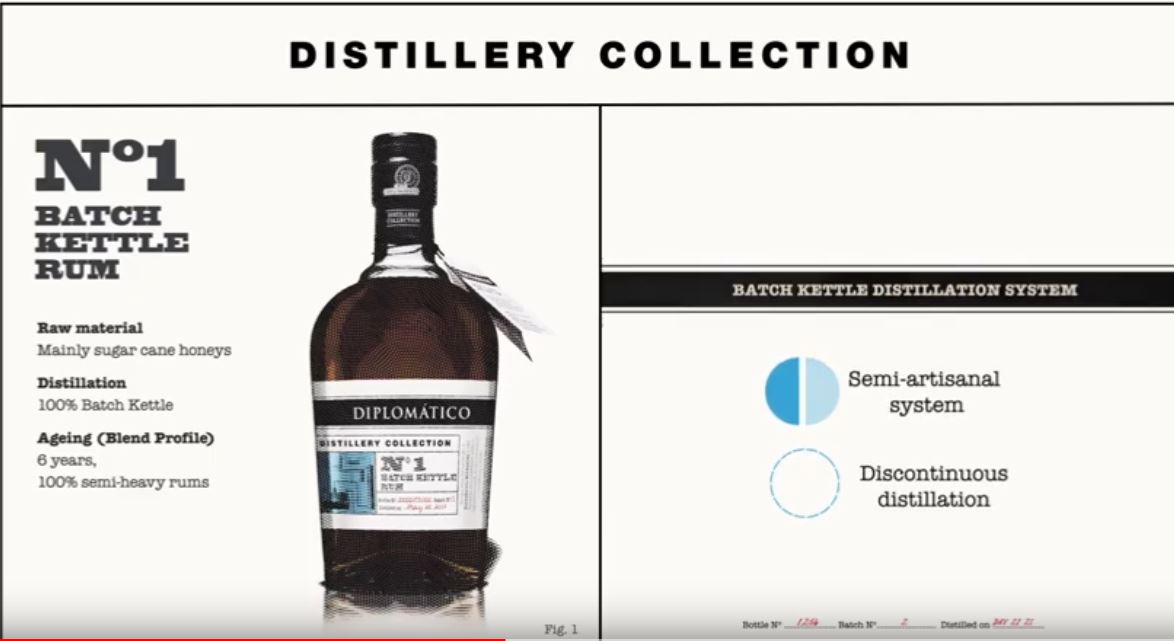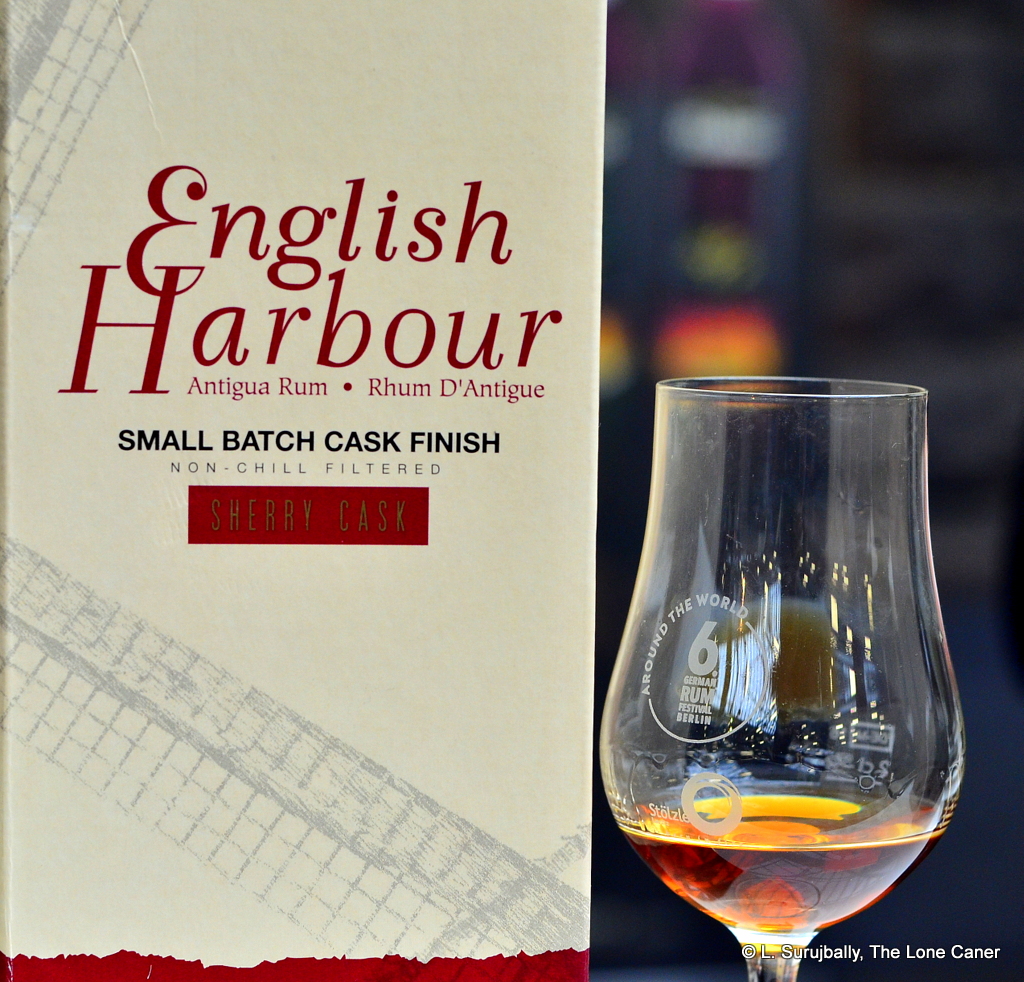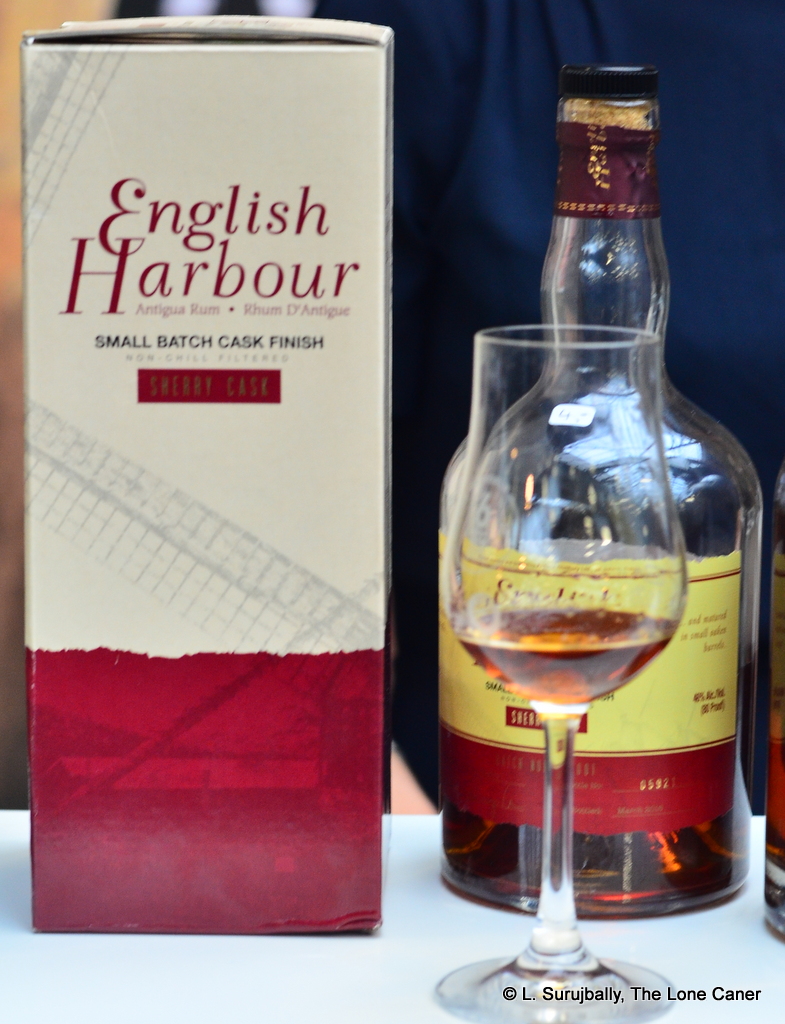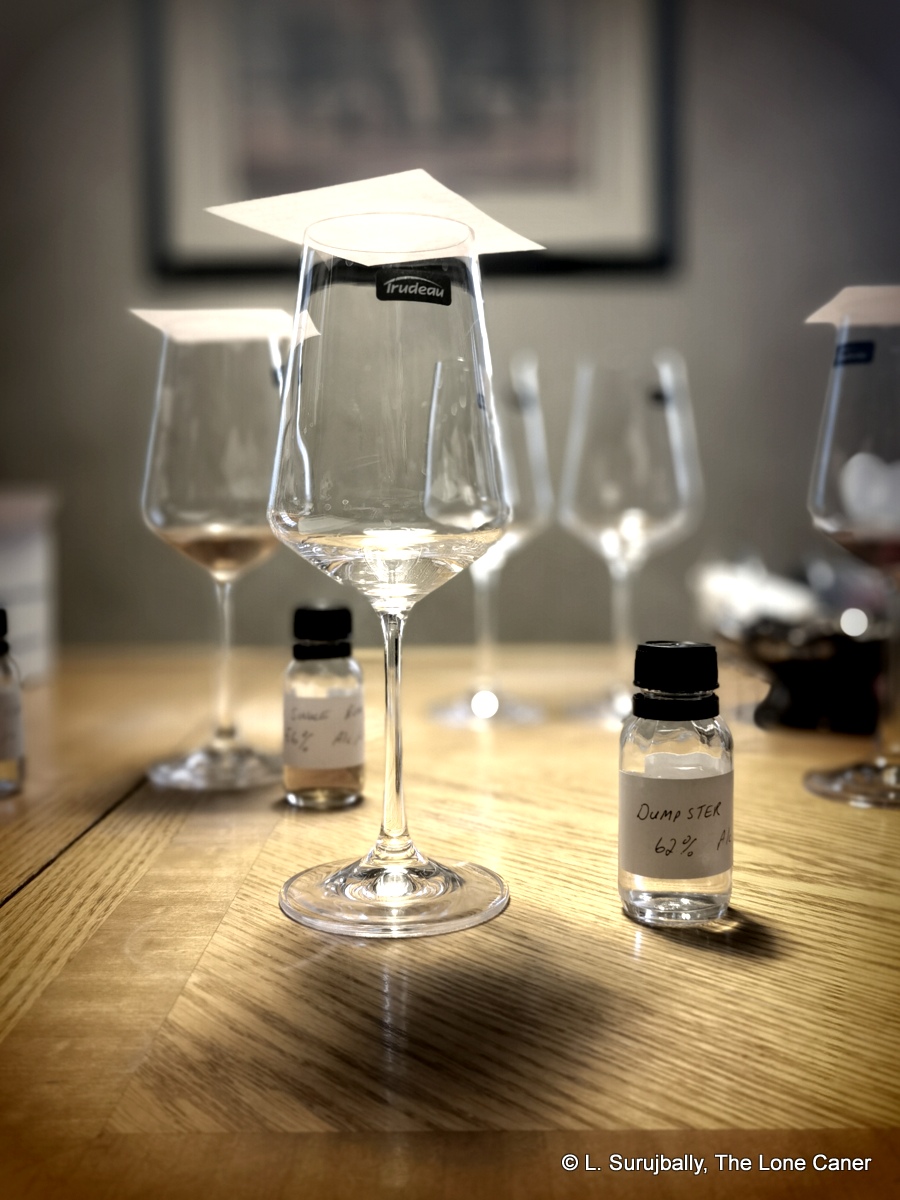 Brisbane’s Rum Revolution in Down Under has just ended last weekend, and among the many excited questions of “were you there?” and “did you drink this?” posted on social media, were a surprising number of accolades given to Capricorn, the little distillery run by Warren Brewer (also and variously called Walter, Wal, Wally, Warren and Wally Walter, depending on how he’s feeling on the day), south of Brisbane. People were getting all gobsmacked over the High Ester rum (rightfully so methinks) and I’m hoping we’ll see it at a rumfest in Europe next year, so we can see how others feel about it.
Brisbane’s Rum Revolution in Down Under has just ended last weekend, and among the many excited questions of “were you there?” and “did you drink this?” posted on social media, were a surprising number of accolades given to Capricorn, the little distillery run by Warren Brewer (also and variously called Walter, Wal, Wally, Warren and Wally Walter, depending on how he’s feeling on the day), south of Brisbane. People were getting all gobsmacked over the High Ester rum (rightfully so methinks) and I’m hoping we’ll see it at a rumfest in Europe next year, so we can see how others feel about it.
Alas, today I’m not reviewing that one (although I want to) but will instead focus on another very interesting experimental rum the distillery makes, the Dumpster Diver, which among other things, demonstrates that West Indians are not the only people out there with a sharp and obscure sense of humour. Now, this is an unaged rum, white, molasses-based, jacked up to the nines by using a cane juice acid, muck, and natural ferment to supercharge the thing; it was fermented for about thirty days, distilled in a single pass through the double retort pot still (that’s the one named Rocky), then left to snooze in a stainless steel vat for a couple of months. I’d like to think Warren then chucked it into a dumpster out back behind the shed for people to fish out when they wanted some, but naaah, he just bottled it…at 62%. It is not currently available in shops (it remains something of a trial release and not mentioned on the company website), and Wally tells me it can always be had to buy at the back door of his distillery where they sign waivers before tastings (well…not really: but they are warned what to expect so as to cushion the shock).
Normally at this point I’d tell you about the distillery and its background; however, that’s already available (reprinted below), and the only thing to add to it is that I think Walter deserves the praises, because this rum is really quite a blast to have neat…or, as he reminds me, in a totally awesome martini. This is one rum that’ll cure what ails you.
So, let’s just dive right in. Nose first: it’s redolent of cucumbers and a few pimentos in white vinegar, really hot and sharp. There’s an element of dusty houses, old cupboards, granny’s unused bloomers (best not go there) and a whole lot of dry and expired cereals. The smell is slightly sweet, and also sour, channelling gherkins and diluted balsamic vinegar: there is a sort of kimchi vibe here that’s quite nice, and even some ashlan-foo (which made Mrs. Caner sigh with nostalgia when I passed the glass to her to confirm). The intensity fades after it opens up and remains well controlled and rather quiescent most of the time. Towards the end, things get weird for a while — it could be just me but I thought I nosed some disinfectant, pine sol and even the slight acrid hint of a chlorine bleach, which makes it slip in my estimation, but overall, the nose is really quite something – not one you’ll forget in a hurry, and somewhat reminiscent of an agricole.
It is also excellent on the palate: strong, firm, solid, and very dry. Letting it stand to let the harsh alcohol burn off is probably a good idea, or alternatively, some might like to add a little water. This allows a solid taste experience to unfold, starting with an air of clean white laundry flapping in the breeze on a sunny day, white wine and tart fruits, plus unsweetened yoghurt, which presents a sort of crisp fruitness that is very pleasant. Pomegranates, figs, dragon fruit, soursop and other unusual stuff like that, but also citrus, green apples and grapes, each snapping crisply into focus and then quickly moving aside for the next one. As for the finish, well, pretty damned fine: dry, dusty, fruity, nicely long, with acetones, nail polish remover and bubble gum – plus the usual fruit salad rounding things out.
New rums like this from far-flung locations are why I stay in the game. It’s such an interesting dram, on so many levels. It shows a lot of rough edges – “like a country bai com’ to town” – and a demonstrable lack of couth is right there, front and centre – you can almost smell it sweating and sweltering in the heat. And yet it’s a completely solid rum, channelling Hampden by way of Worthy Park with a little TECA thrown in, before adding its own exuberant Queensland twist. It’s rough, it’s brutal, it’s got tastes and to spare, attitude beyond reason and when you’re done you will realise that it’s also an immensely enjoyable drink on its own terms. And yeah, it really does make a seriously sleazy, filthy, barkin’ mad martini.
(#1039)(85/100) ⭐⭐⭐½
Other notes
- Disclosure: although Warren and I agreed I’d send him something from my stocks to pay off for the samples he sent to me in Canada, as of this writing I have not yet done so. Just waiting for my empty sample bottles to arrive, though, and all will be settled.
- I’ve asked for a photo of the bottle and label, as none appear to be available online, even on the company’s social media pages. My sincere thanks to Josh Wall of the Brisbane Rum Club FB page, who kindly allowed me to use his photograph of the rum bottle and its label. Ta, and a hat tip, mate.
Company background (from Review #1029)
Capricorn Distilling’s origins began in 2015 or so when Warren Brewer began distilling in his backyard with friends, using an 80-litre still from Spain (where he got it from is anyone’s guess). He released his first batch of premium rum in 2016 by which time he and five friends had bought the Saleyards motel in Rockhampton (the distillery was pushed into the pub and the idea was to use each line of business – motel, pub, restaurant, distillery – to provide a fuller experience for patrons), which is 650km north of Brisbane. This establishment is closed now and larger premises acquired in 2020 in the south of Queensland (in Burleigh Head on the Gold Coast, which is south of Brisbane and a mere stone’s thrown from the state border with NSW). Now the Saleyard company website redirects to Capricorn, but for a while in early 2021 both locations operated at the same time. From the beginning, it seems was rum was Brewer’s thing and indeed, his Capricorn Spiced Rum copped the top prize at the 2020 World Rum Awards.
The distillery doesn’t stray too far away from the standard outputs we have observed in other small and newly-established companies: its stable of releases encompasses spiced and infused and flavoured rums, a liqueur, the unaged Coastal Cane, the High Ester rum and some experimentals we’ll talk about at some point; also Ready To Drink cans, and, of course, the everpresent cash flow generator of gins.The company runs two pot stills: one is a single retort copper pot still called “Burleigh”, the other a double called “Rocky” made in NSW.
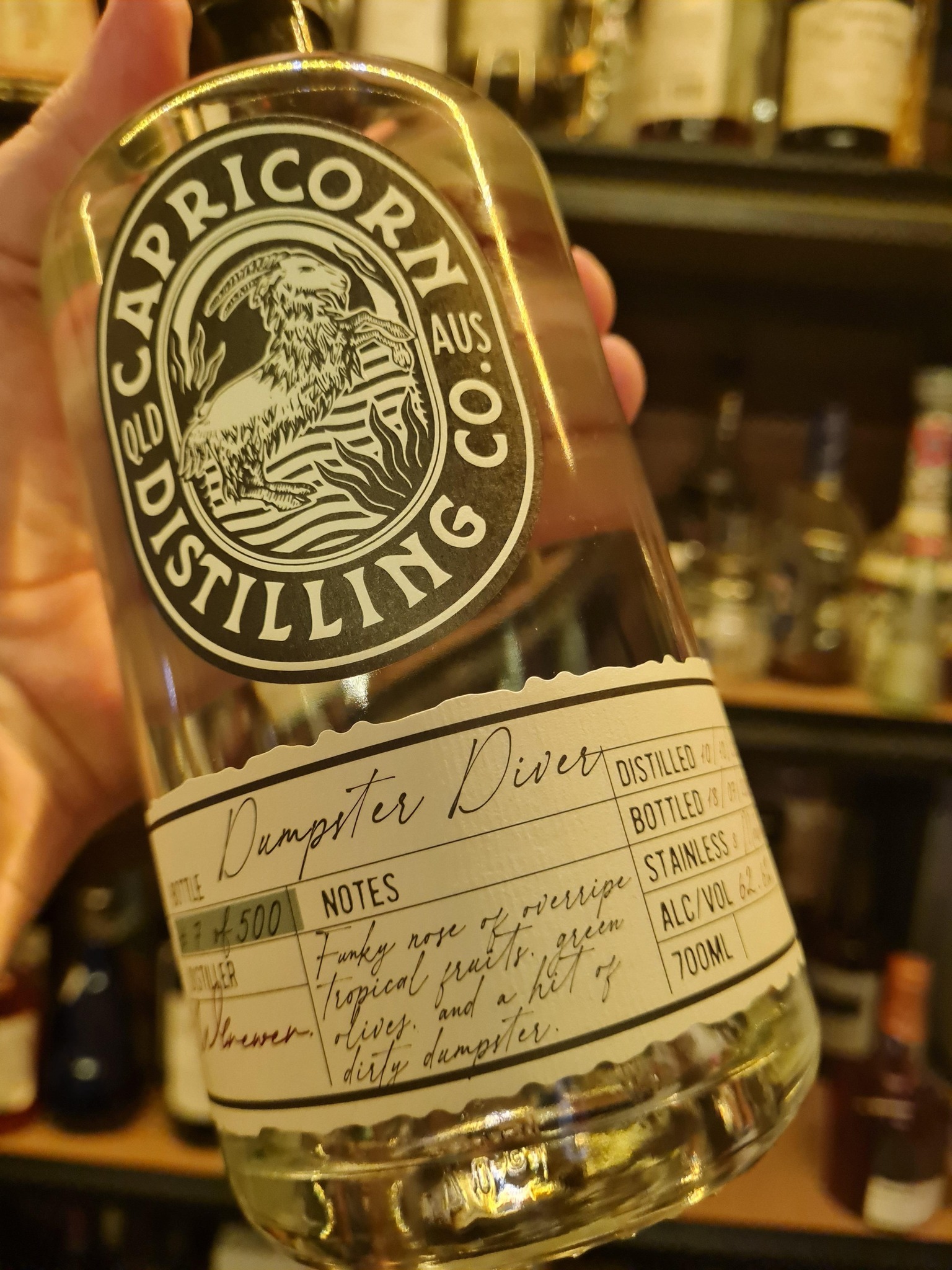
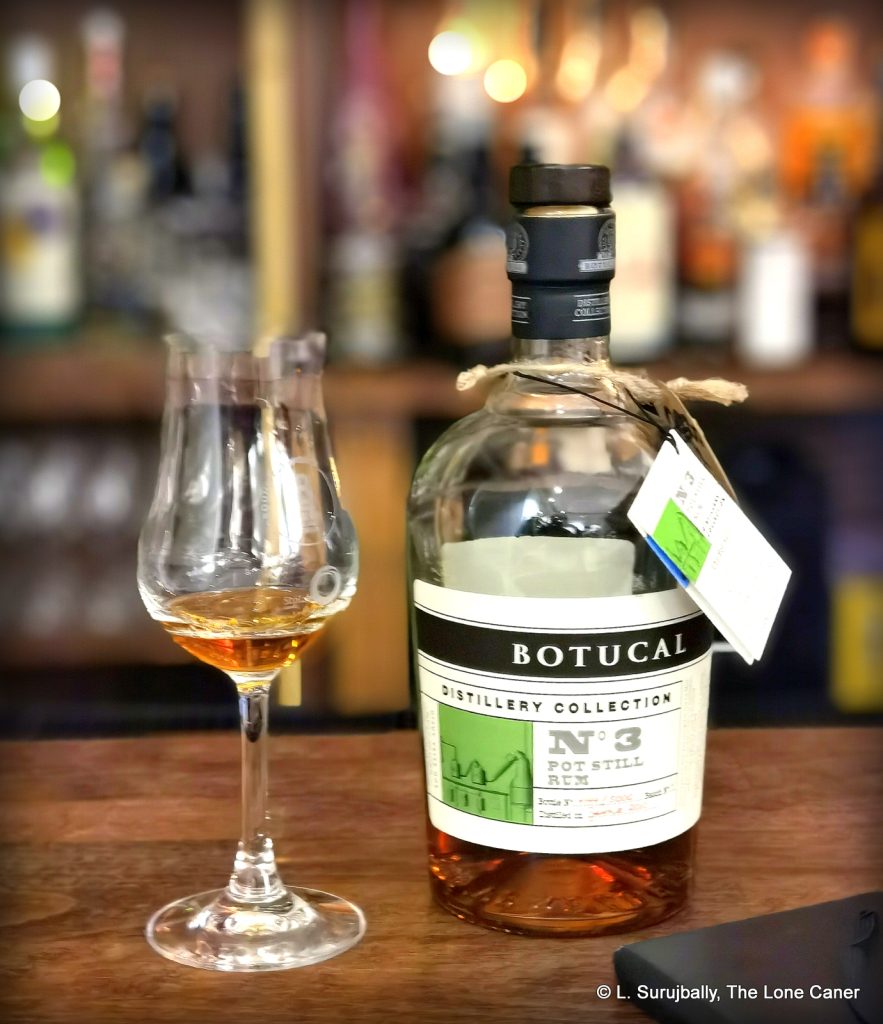
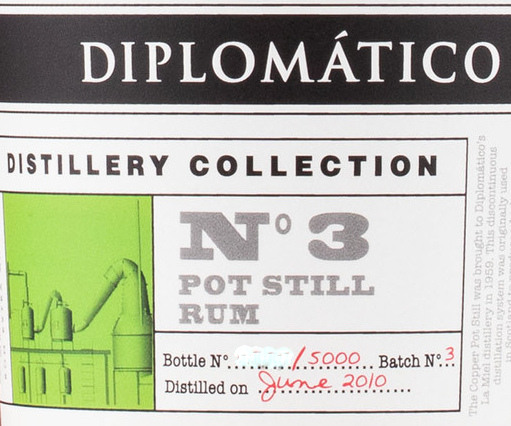
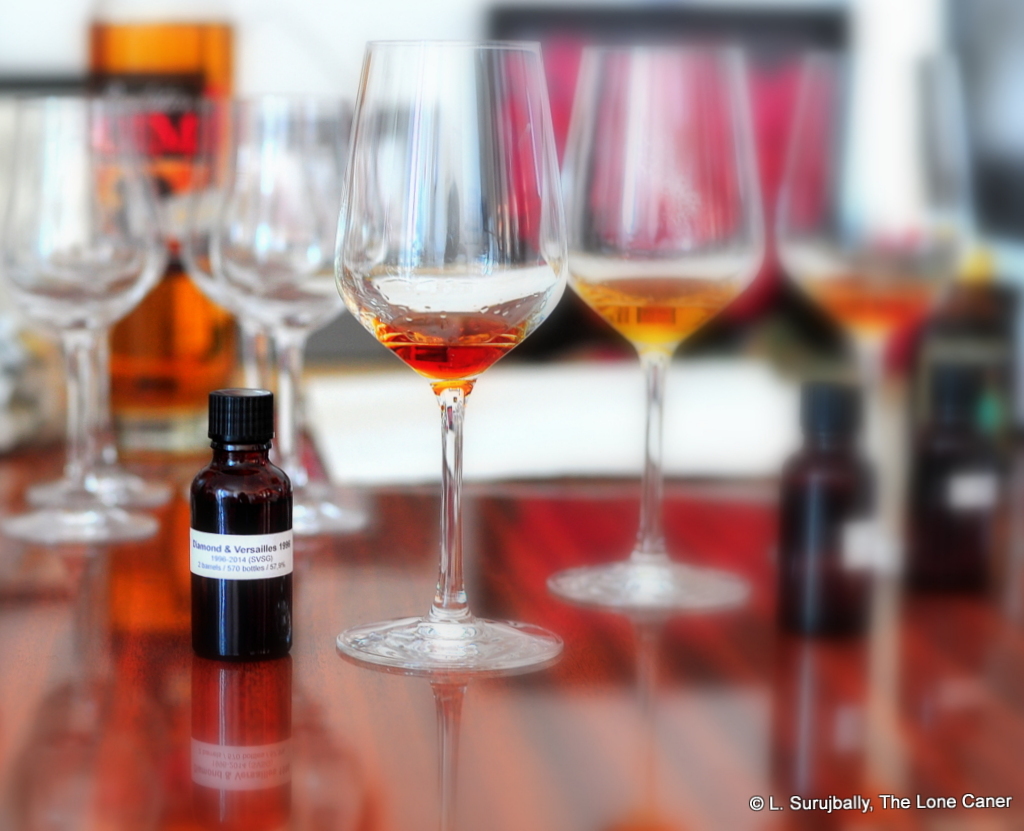
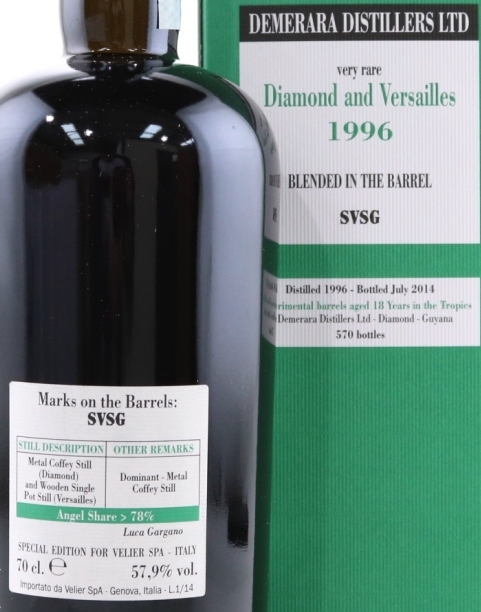 By the time this rum was released in 2014, things were already slowing down for Velier in its ability to select original, unusual and amazing rums from DDLs warehouses, and of course it’s common knowledge now that 2014 was in fact the last year they did so. The previous chairman, Yesu Persaud, had retired that year and the arrangement with Velier was discontinued as DDL’s new Rare Collection was issued (in early 2016) to supplant them.
By the time this rum was released in 2014, things were already slowing down for Velier in its ability to select original, unusual and amazing rums from DDLs warehouses, and of course it’s common knowledge now that 2014 was in fact the last year they did so. The previous chairman, Yesu Persaud, had retired that year and the arrangement with Velier was discontinued as DDL’s new Rare Collection was issued (in early 2016) to supplant them.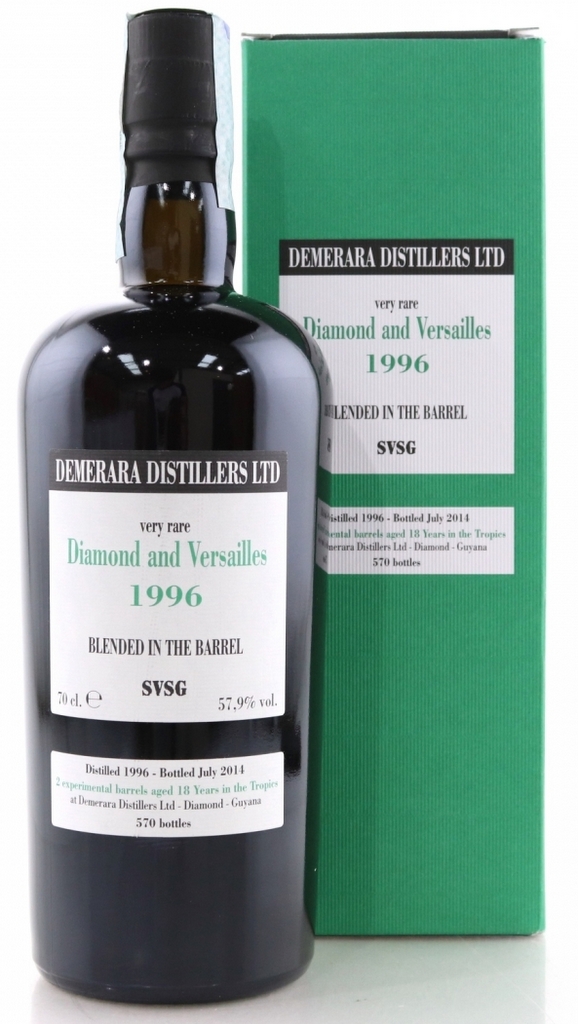 The nose had been so stuffed with stuff (so to speak) that the palate had a hard time keeping up. The strength was excellent for what it was, powerful without sharpness, firm without bite. But the whole presented as somewhat more bitter than expected, with the taste of oak chips, of cinchona bark, or the antimalarial pills I had dosed on for my working years in the bush. Thankfully this receded, and gave ground to cumin, coffee, dark chocolate, coca cola, bags of licorice (of course), prunes and burnt sugar (and I
The nose had been so stuffed with stuff (so to speak) that the palate had a hard time keeping up. The strength was excellent for what it was, powerful without sharpness, firm without bite. But the whole presented as somewhat more bitter than expected, with the taste of oak chips, of cinchona bark, or the antimalarial pills I had dosed on for my working years in the bush. Thankfully this receded, and gave ground to cumin, coffee, dark chocolate, coca cola, bags of licorice (of course), prunes and burnt sugar (and I 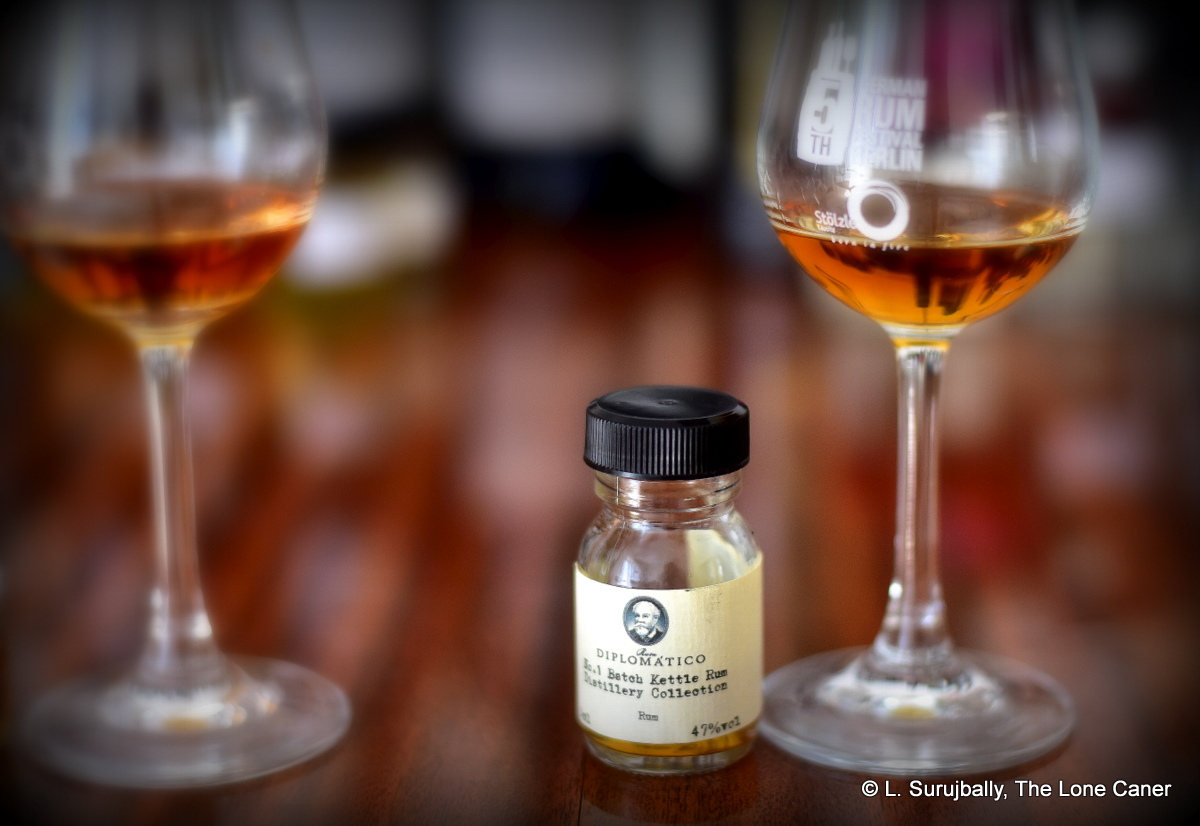
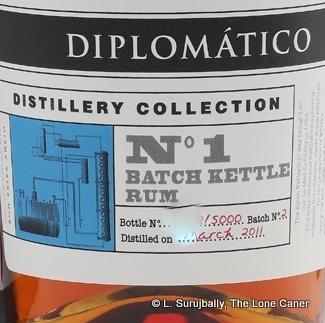 Things took an interesting turn around 2017 when No.1 and No.2 versions of the “Distillery Collection” were trotted out with much fanfare. The purpose of the Collection was to showcase other stills they had – a “kettle” (sort of a boosted pot still, for release No.1), a Barbet continuous still (release No.2) and an undefined pot still (release No.3, released in April 2019). These stills, all of which were acquired the year the original company was founded, in 1959, were and are used to provide the distillates which are blended into their various commercial marques, and until recently, such blends were all we got. One imagines that they took note of DDL’s killer app and the rush by Jamaica and St Lucia to work with the concept and decided to go beyond their blended range into something more specific.
Things took an interesting turn around 2017 when No.1 and No.2 versions of the “Distillery Collection” were trotted out with much fanfare. The purpose of the Collection was to showcase other stills they had – a “kettle” (sort of a boosted pot still, for release No.1), a Barbet continuous still (release No.2) and an undefined pot still (release No.3, released in April 2019). These stills, all of which were acquired the year the original company was founded, in 1959, were and are used to provide the distillates which are blended into their various commercial marques, and until recently, such blends were all we got. One imagines that they took note of DDL’s killer app and the rush by Jamaica and St Lucia to work with the concept and decided to go beyond their blended range into something more specific. 